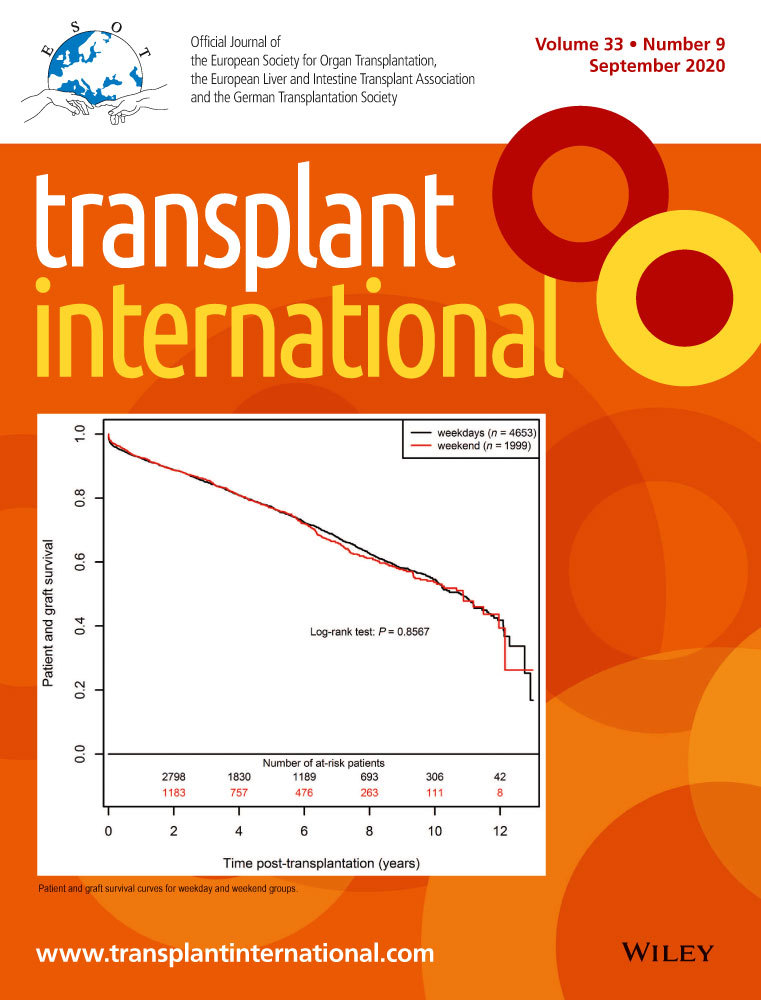Strategies for prevention and control of the 2019 novel coronavirus disease in the department of kidney transplantation
Summary
To summarize measures for the prevention and control of the 2019 novel coronavirus disease (COVID-19) in the department of kidney transplantation. We retrospectively analyzed the clinical data of outpatients and inpatients in the department of kidney transplantation from January 20 to March 1, 2020, and followed up the in-home kidney transplant recipients and those waiting for kidney transplantation through the Internet platform. Our department had formulated detailed prevention and control measures, mainly including kidney transplant outpatient management, kidney transplantation ward management, management of kidney transplant surgery, dialysis management of patients waiting for kidney transplantation, personal protection of medical staff, and follow-up management of discharged patients after kidney transplantation. During the epidemic period, there were no COVID-19 cases among 68 outpatient examined kidney transplant recipients, 32 hospitalized kidney transplant recipients, 19 patients waiting for kidney transplantation in hospital, and 30 medical staff. There were no COVID-19 cases among 160 follow-up recipients after kidney transplantation and 60 patients waiting for kidney transplantation. During the epidemic period, we implemented strict prevention and control measures and adjusted working methods and procedures to ensure safe and orderly work of the department.
Conflicts of interest
The authors have declared no conflicts of interest.




